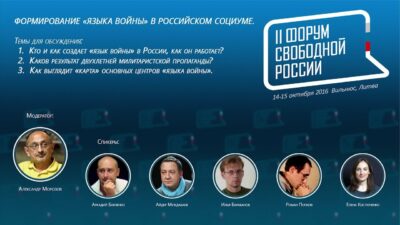Industrial production growth in June slowed to 6.5% from 7.1% in annual terms, Rosstat reported. The annual dynamics is not indicative now, as the comparison is with the failed months of last year, moreover, the situation was changing rapidly then. More informative is the growth per month with the exclusion of seasonal and calendar factors. In June there was none: the index of industrial production (IPP) remained unchanged after growth of 0.7% in May and 1.7% in April. “So there is stagnation here”, concludes Loko Invest investment director Dmitry Polevoy. His assessment by sector: mining contracted by 0.2% after growth of 0.9% in May, manufacturing – grew by 0.2% vs. 0.6%, in energy / housing and utilities – a decline of 0.1% (+0.8% in May), “in other words, only processing was holding up”.
Sitting in processing are the military-industrial complex industries, which are sensitive to “military” spending, Polevoy reminds us. According to his rough estimates, annual growth in these industries accelerated from 59% to 89% (!), while in “conditionally civilian” industries it slowed down from 9.6% to 9.4%. Industrial growth is provided by the military-industrial complex, “civilian” industries are once again slowing down”, Polevoy summarizes.
In the defense industry the situation looks absolutely fantastic, but the overheated industry cannot continue to grow even with three-shift work of defense enterprises, comment MMI analysts: “We do not know what the potential is for further increase in the output of tanks and missiles. But we do know that this output can only be further increased by further exsanguination of other sectors of the economy”.
There are almost no resources for growth in other industries. The long-known shortage of personnel (unemployment is reaching historic lows every month) has been joined by another one – production capacity.
The monitoring of enterprises conducted by the Central Bank showed that in the second quarter the utilization of production capacities amounted to 80.9%, the maximum for the entire period of observations (since 2002). The utilization grew in all sectors, especially in processing and construction. Free capacity is most likely in mining, but here external demand continues to shrink due to sanctions, MMI analysts note.
Restorative growth of the economy, when free resources, labor and production capacities, which were idle during the recession, are used, is close to completion, explained on Friday the Central Bank Chairman Elvira Nabiullina the decision to raise the rate by 100 points at once. She pointed just to the minimum unemployment and maximum capacity utilization.
Investments are a prerequisite for the expansion of production capacities. Profits are the key to their growth, Polevoy reminds us. He compared the average financial results for 12 months. The results of the raw materials sector are improving (annualized decline from 18% to 11.5%), while the results of the non-raw materials sector are deteriorating (from 37% to 42%). “Steroids” of the economy in the form of government spending and the military-industrial complex are visible in industry, but do not help much in terms of profits, Polevoy notes: “Here, the priority is output at any cost (including by attracting labor resources from civilian industries), not efficiency”.
Together, the data on industry and profits, in Polevoy’s opinion, confirm that the abundant budget “steroids” are not bad for now, but they hardly improve the economy’s medium and long-term position. Once fiscal consolidation becomes inevitable, the economy and inflation will slow down sharply.




